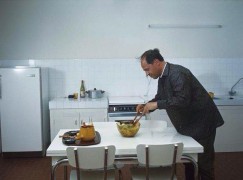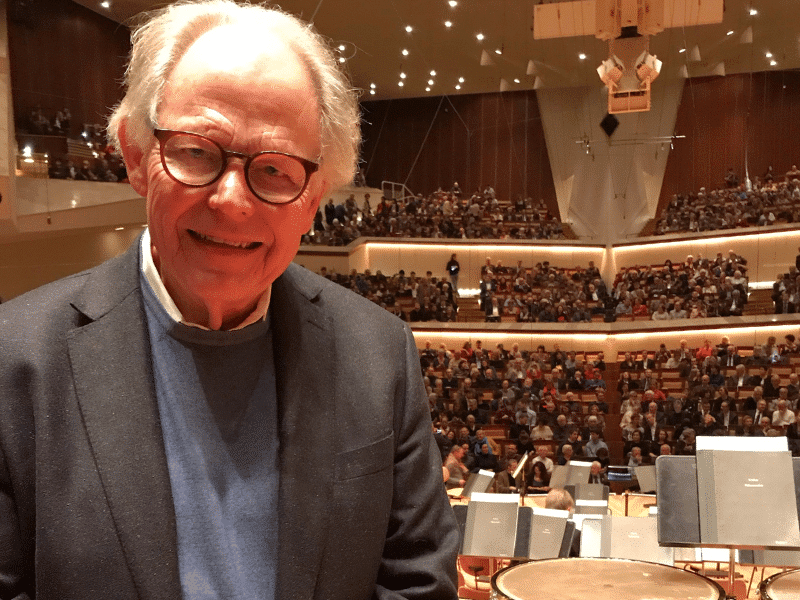What’s to become of the house Pierre Boulez built?
mainHis nephew has put it up for sale.
His admirers want to turn it into a shrine.
Boulez, who died a year ago this week, made his home in Baden-Baden in 1959 as a protest against French conservatism. He expanded the house on Kapuzinerstrasse and bought the surrounding parkland. It is a beautiful retreat.
Now it seems likely to be sold since the family needs to pay exceptionally heavy French inheritance tax.
Read on here (auf Deutsch).






Comments